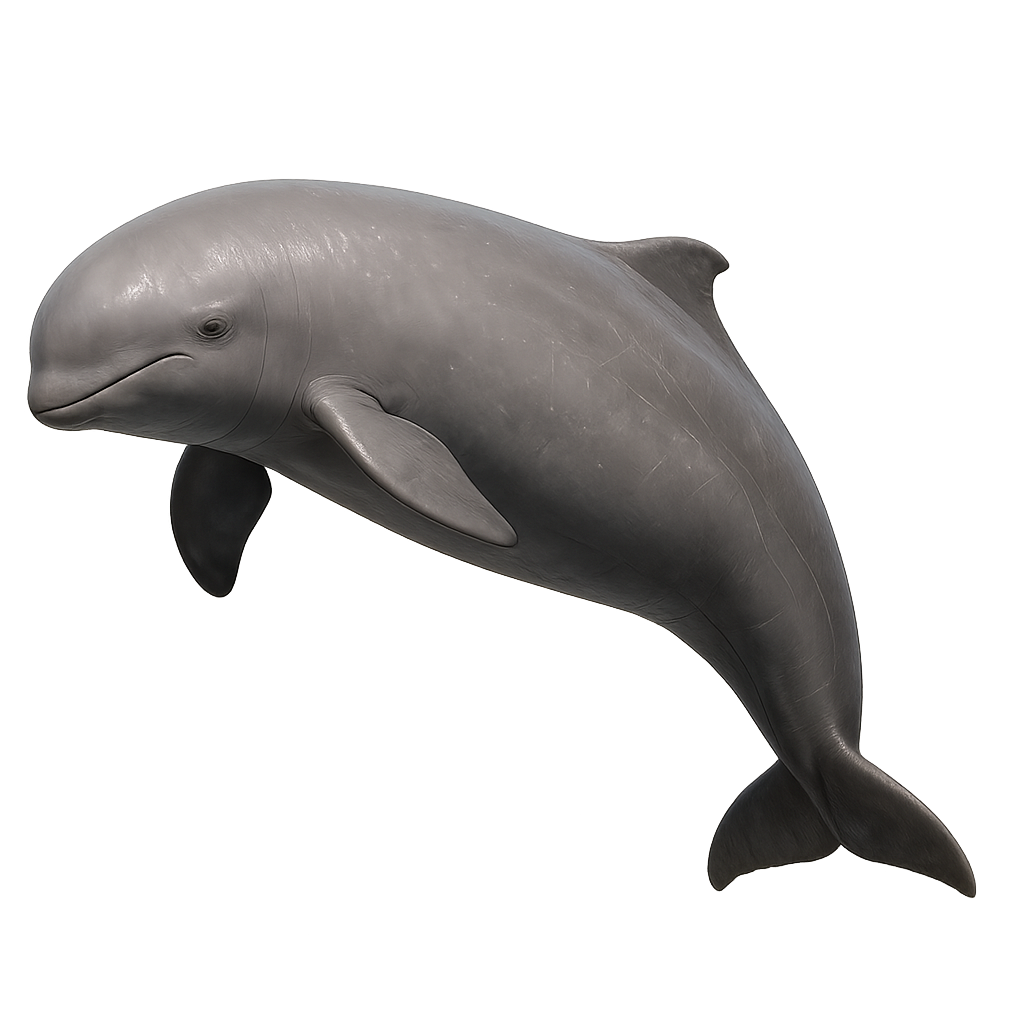Your wildlife photography guide.
Explore the irrawaddy dolphin in detail, study its behavior, prepare your shots.
Where to observe and photograph the irrawaddy dolphin in the wild
Learn where and when to spot the irrawaddy dolphin in the wild, how to identify the species based on distinctive features, and what natural environments it inhabits. The WildlifePhotographer app offers tailored photography tips that reflect the irrawaddy dolphin’s behavior, helping you capture better wildlife images. Explore the full species profile for key information including description, habitat, active periods, and approach techniques.
Irrawaddy dolphin
Scientific name: Orcaella brevirostris

IUCN Status: Vulnerable
Family: DELPHINIDAE
Group: Mammals
Sensitivity to human approach: Suspicious
Minimum approach distance: 10 m
Rut period: November to December
Gestation: 400-430 jours
Births: January to February
Habitat:
Estuaries, rivers, coasts
Activity period :
Activity varies depending on season, weather, or human pressure.
Identification and description:
The Irrawaddy dolphin, Orcaella brevirostris, is a freshwater and coastal cetacean known for its rounded forehead and lack of a distinct beak. It typically measures between 2 and 2.7 meters and weighs up to 150 kg. Its skin is light gray with a paler belly. This dolphin is often seen in small groups and is noted for its social and curious behavior. It can swim in both freshwater and saltwater, frequenting estuaries, rivers, and coasts. Unfortunately, it is threatened by habitat degradation, accidental capture in fishing nets, and pollution. Its conservation is crucial to maintaining the balance of the aquatic ecosystems it inhabits.
Recommended lens:
400 mm – adjust based on distance, desired framing (portrait or habitat), and approach conditions.
Photography tips:
To photograph the Irrawaddy dolphin, focus on calm areas of estuaries and rivers where they are often active. Use a 400mm or longer telephoto lens to capture detailed images without disturbing them. Be patient and wait for them to surface for air, as they don't stay long above water. The best times to observe them are early morning or late afternoon when the light is soft.
The WildlifePhotographer App is coming soon!
Be the first to explore the best nature spots, track rutting seasons, log your observations, and observe more wildlife.
Already 1 432 wildlife lovers subscribed worldwide

